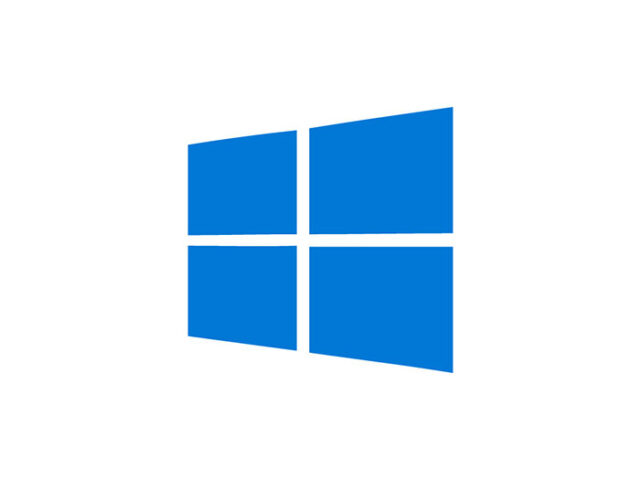
The most popular and widely used operating system in the world is Microsoft Windows. There have been various versions which users have relentlessly used through the decades. The popularity and success of this user friendly and widely available operating system did not appear out of thin air. Rather, it is a product of several years’ hard work, long term efforts at maintaining and improving quality, and most important of all, appeasing of the customers. This post will discuss the history of Microsoft Windows – how it started out to become what it is today. First take a look at infographic below:

The story starts in 1985 when Windows was released under the name of MS DOS with some applications featuring an interface. The name became “interface manager” which was quickly changed to Windows on someone’s suggestion.
In the year of 1987, the graphical versions of Excel and Word applications were released and this gave a major boost to the popularity of the operating system. The popular Aldus PageMaker was released as a Windows version.
In 1990, Windows was now featuring a wonderful graphical user interface which could be compare to the likes of Apple Macintosh. This version of Windows, also popularly known as Windows 3, became extensively popular and it gave a wider support and stability for all MS DOS applications. There were updates which added multimedia capabilities to the operating system.
After Windows 3, in 1993, Windows NT arrived in the market. This was a completely new operating system which was derived from various other ventures including IBM and many other reputable companies had also contributed to its development. Windows NT introduced a 32 bit API and could handle the needs of LAN networks, which were becoming increasingly popular. NT started a new branch of Server OS.
Windows 95 was introduced in, as you have guessed, 1995, and gave birth to the highly popular Start button and Taskbar. These two added features were very convenient and added to the popularity and success of the already successful operating system. This version of Microsoft Windows also introduced plug and play.
Windows 2000 came five years later in the year of 2000 and featured an expanded support for Firewire, USB devices, and Wireless products. This version was not aimed at the customers market since it was very resource hungry.
In 2001, Windows XP came out and is still considered a solid operating system. It is a very reliable version of Windows and brought together various services and features into a single build.
In 2007, the beautiful Windows Vista came into the market and featured a new visual design called AERO. It was visually appealing but asked for a lot of resources because of its high quality graphics. Then in 2009, came a viable replacement of Windows Vista – Windows 7. it was very stable and fixed the problems of Vista.
In 2012, Windows 8 broke through the previous design of Windows and replaced the Start button with Start Screen. The version also supported touch screen devices. Windows 8.1, released in 2013, was very similar to Windows 8 but returned the beloved Start button to its customers.
In 2015, Windows 10 comes to our lives and delivers some amazing graphics.













